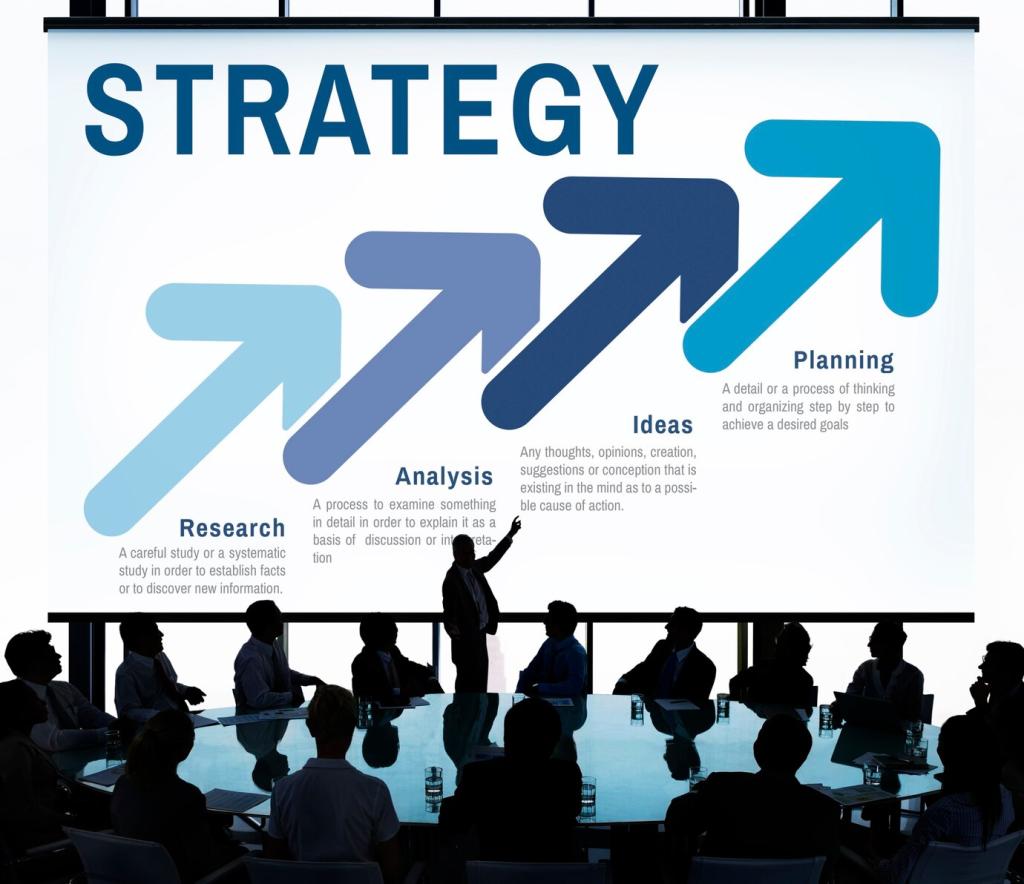Measure What the Customer Actually Feels
Use NPS, CSAT, CES, churn, retention, time-to-first-value, and first-contact resolution as true north indicators. Link them to financials so teams see how improved experiences grow lifetime value, reduce acquisition costs, and stabilize revenue predictability.
Measure What the Customer Actually Feels
Translate top-line outcomes into process drivers—handoff accuracy, backlog age, rework rate, deflection quality, and knowledge findability. Make each metric owner explicit, with clear thresholds and weekly review rituals that trigger learning, not blame.








